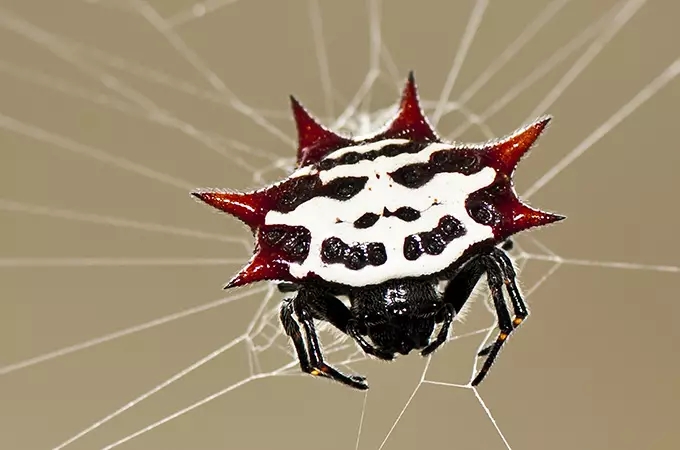
are crab spiders poisonous?
Have you been bitten by a crab spider or is one lurking around your living area? First off, don’t panic; crab spiders’ venom is not poisonous to you (unless you are a bee or unless you happen to be allergic). And if you don’t know if you are dealing with a crab spider (Thomisidae), check to see if they look like a crab in that their front legs are held up and out, their 4 – 10mm bodies are a bit flatter than other spiders, and, like a crab, they are walking sideways. Also check to see if they look a bit neon in color (yellow, green, or orange) or sometimes white or brown. You probably should also stop looking for cobwebs; these crabby walkers tend to wait on foliage and on the grounds of gardens for prey.
Although you may not want to hear this, crab spiders are considered helpful for humans as they kill those pesky flies, mosquitoes, moths, and other insects (like we do!), however not many people want crab spiders habituating with them. What these crab spiders really love, however, are flowers (hence their bright colors). Like a chameleon, the crab spider can change its color to camouflage itself into the flower she is waiting on to ambush an unsuspecting insect and hide from other predators.
What do crab spiders look like?
Characteristics: Crab spiders are named for their crablike appearance and movements.Body: Crab spiders have two large, strong front legs that are used to grasp prey. They scuttle sideways with their hind legs, although some species do move like other spiders. Their bodies are also flat like a crab’s.
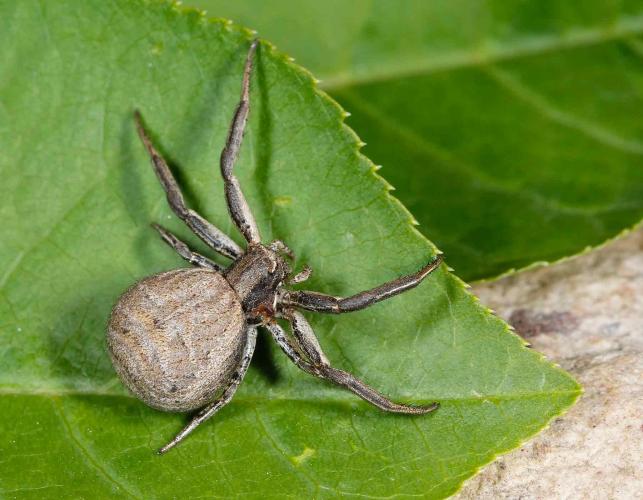
Not to be confused with the spider crab, crab spiders are so named for the way they carry their two front pairs of legs (which are much longer than the back two pairs). Or maybe it’s the fact that they “scuttle” both front and backwards as well as side to side. It could also be that the bodies of the crab spider, like a spider crab, are angular and flattened. More likely, it’s a combination of all these traits that gives the crab spider its name. Male crab spiders are approximately 1/8 of an inch long; females larger – ¼ to 3/8 of an inch long. The color of a crab spider widely varies, sometimes dependent on the color of flower they frequent, but most are brown with red and white markings on the sides of their abdomens; some species may also be yellow, green, grey or even pink.
Identifying Crab Spiders Bite
Like any arachnid bite, crab spider bites leave two puncture wounds, produced by the hollow fangs used to inject venom into their prey. Crab spiders are equipped with venom powerful enough to kill prey much larger than themselves. While their venom isn’t dangerous to humans, as crab spiders are generally too small for their bites to break the skin, giant crab spider bites can be painful. Likened to striking your fingernail with a hammer, a bite on the fingernail can be excruciatingly painful, cause discoloration to the finger, with pain from the bite reaching the hand. The bite site may also swell but the bite symptoms subside after a few hours.
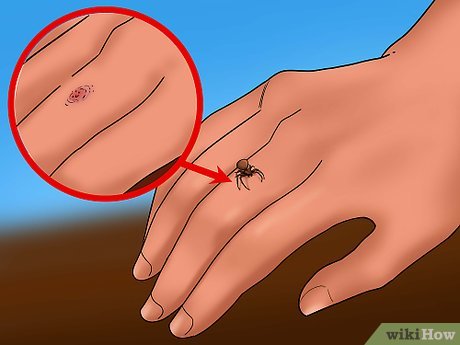
When do Crab Spiders Bite
Crab spiders are very timid, non-aggressive spiders that will flee from predators, if possible, rather than stand and fight. Crab spiders don’t build webs, but they do spin flat nests for their eggs on leaves of plants. The exception to this rule happens because female crab spiders will stand guard over their nests until their eggs hatch.
What do crab spiders eat?
Instead of spinning webs to catch prey, crab spiders use camouflage. Some resemble bird droppings, while others look like fruits, leaves, grass, or flowers. Others are capable of changing colors entirely. When prey approaches, these spiders attack and administer poisonous bites. Crab spider venom is potent enough to render large insects immobile.
Crab Spider Reproduction
Crab spiders produce eggs within a few weeks after mating. These eggs are deposited into two silken egg sacs, which are joined at the center. However, their eggs are not housed within a web. Females commonly remain near egg sacs in order to protect their young from predators. Hatching time depends on environmental conditions. After spiderlings emerge, they resemble adults. These small spiders undergo a series of molts before becoming mature and fertile.
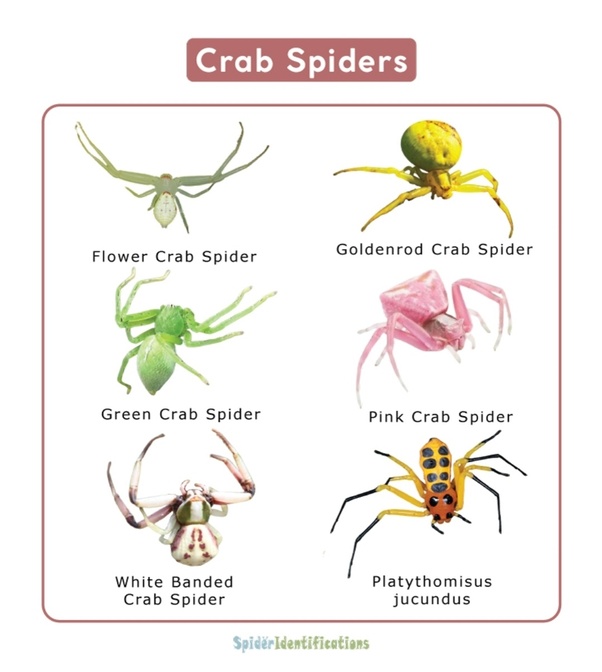
Crab Spider Diseases
Crab spiders are not known to transmit diseases to humans. Although crab spiders are venomous spiders, their bite is considered relatively harmless to humans. However, if medical concerns arise, medical attention should be sought.
Crab spiders, belonging to the family Thomisidae, have earned their colloquial name due to their uncanny resemblance and similar mode of movement to crabs. Their unique appearance and intriguing behavior have sparked curiosity and raised questions among people. One of the most frequently asked questions is: “Are crab spiders poisonous?” This inquiry is not only pertinent for ourselves but also for our pets and our environment.
To answer this question and delve deeper into the fascinating world of crab spiders, we’ll explore their physical attributes, behavior, diet, reproduction, and more. Let’s get started!
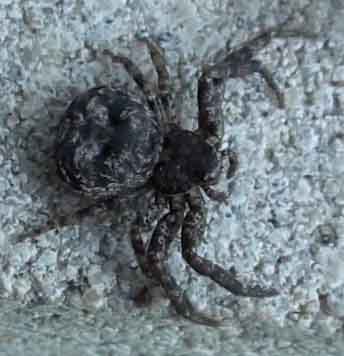
Physical Characteristics of Crab Spiders
Crab spiders exhibit a wide array of physical characteristics due to their diverse species, which amounts to over 200 in North America alone and more than 2,000 worldwide. Despite this diversity, certain common attributes serve as identifiers for this family of spiders.
Size and Shape
Crab spiders are typically small, with their size ranging from one-tenth to half an inch in length. They possess a distinct body shape that is either flat, round, or oval.
Legs
Crab spiders are known for their long front legs, which are noticeably larger than their back legs. These front legs are spread wide, similar to the way a crab holds its pincers, giving them their “crab-like” appearance. They are also equipped with specialized spines on their back legs, assisting them in clinging onto surfaces.
Color
The color of crab spiders varies significantly among their species. The most common hues are beige, brown, black, and white. Interestingly, some crab spiders are capable of changing colors for effective camouflage, a slow process usually taking several days.
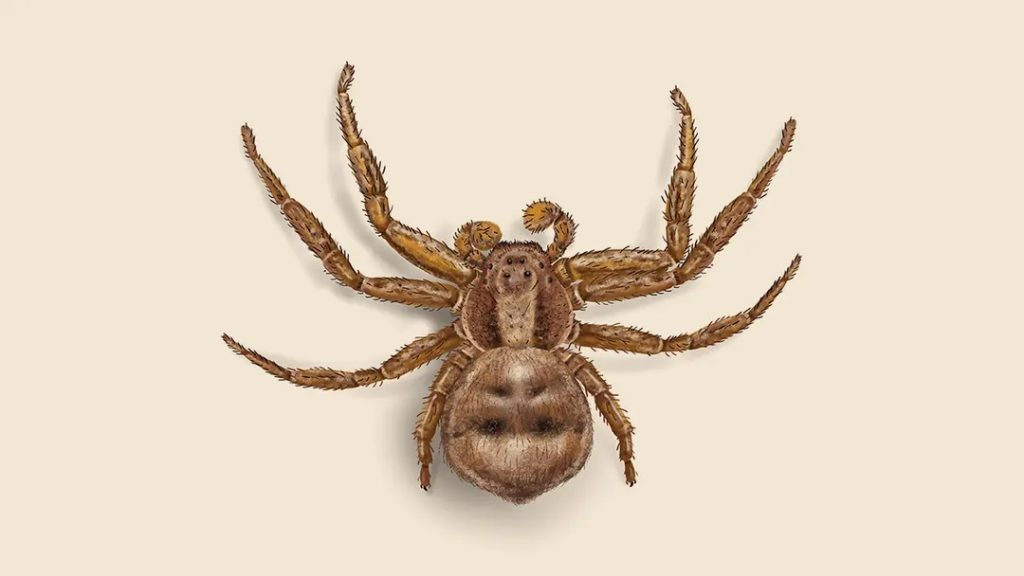
Behavior of Crab Spiders
Crab spiders have unique behavioral traits that set them apart from other spiders. Their hunting strategy, mating habits, and movement patterns provide valuable insights into their lifestyle.
Hunting Strategy
Crab spiders are patient predators that use camouflage as their main hunting technique. Rather than spinning intricate webs to trap their prey, they prefer to stay hidden in plain sight, waiting for their prey to approach. Their potent venom allows them to immobilize larger insects swiftly.
Mating Habits
In the crab spider world, males are significantly smaller than females. After finding a potential mate through airborne pheromones, the male covers the female loosely with strands of silk as a courtship ritual.
Movement Patterns
True to their name, crab spiders move sideways, much like crabs. This unusual motion, coupled with their wide-legged stance, contributes to their distinctive crab-like appearance.
Diet of Crab Spiders
Crab spiders are carnivorous creatures with a diet primarily consisting of small insects. They pose as effective pest controllers, preying on harmful insects such as flies and mosquitoes. Some of the insects on their menu include:
- Bees and other pollinators
- Mosquitoes
- Flies
Occasionally, they have also been observed to consume pollen and nectar from flowers.
Reproduction in Crab Spiders
Following mating, female crab spiders lay their eggs in a safe location. If a suitable area is not found, they create their own protective space using silk and nearby leaves. The female remains near the egg sacs, safeguarding them from predators until they hatch. Unfortunately, the female often dies shortly after the eggs hatch.
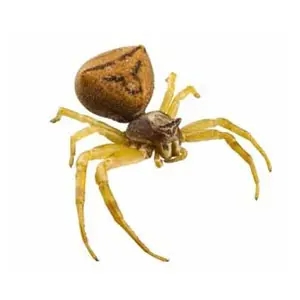
Habitat of Crab Spiders
Crab spiders are known for their adaptability, making them capable of surviving in a wide range of habitats. They are found everywhere except in desert regions. Some of the habitats where you can spot crab spiders are:
- Grasslands
- Tropical climates
- Swamps
- Woodlands
Are Crab Spiders Poisonous?
Now, coming back to our central question: “Are crab spiders poisonous?” While crab spiders are venomous creatures, their venom is not harmful to humans. They use their venom for hunting, immobilizing their prey with a venomous bite. However, most crab spiders’ fangs are too small to pierce human skin. Even in the rare instances where a bite occurs, it usually results in mild pain and no lasting harmful effects.
Are Crab Spiders Dangerous?
Despite their venomous nature, crab spiders pose minimal danger to humans. They are non-aggressive creatures who prefer to hide or flee instead of attacking when confronted. Even if they bite, the symptoms are short-lived and mild, often compared to a bee sting. However, it is always advisable to seek medical attention if you experience worsening symptoms over 24 hours after a spider bite.
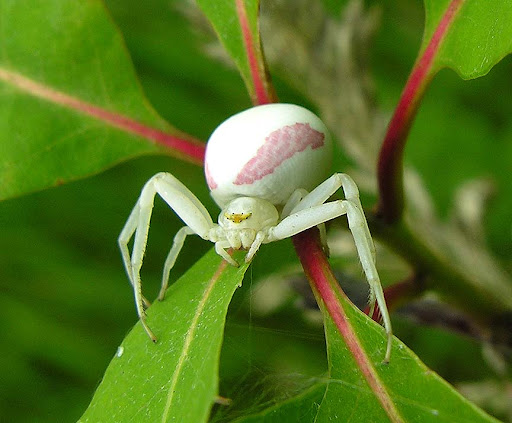
How to Prevent Crab Spider Infestation?
While crab spider infestations are rare, particularly inside houses, it’s always better to be safe than sorry. Here are a few preventative measures you can take:
- Inspect outdoor plants and flowers for crab spiders before bringing them indoors.
- Keep entrances to your house clean and free of debris where spiders can hide.
- If you spot a crab spider indoors, gently capture it with a cup and release it outside.
Remember, if a more serious situation arises, it’s always best to contact a licensed pest control professional for safe and effective spider control.
Final Thoughts
Crab spiders, with their unique appearance and behavior, are fascinating creatures that play an essential role in the ecosystem. While the question, “are crab spiders poisonous” may concern many, rest assured that they pose no significant threat to humans. Their venom, primarily used for hunting, is not harmful to humans. So, the next time you spot a crab spider, don’t panic. Instead, appreciate the intricate beauty of these tiny creatures and their contribution to our ecosystem.
